Zoom calls have taken over. A few meetings in the morning, virtual learning, seminars over Zoom, a doctor’s visit over Doxy.me and FaceTime dates with family and friends. As social distancing continues, people move from video platform to video platform throughout the day. The unintended impact of this on mental health may be what’s being referred to as “Zoom fatigue” or the “feeling of tiredness, anxiousness, or worry from one video call to the next”.
So why does Zoom fatigue happen?
From worrying about your background, your appearance, how you sound on video, to having to focus on 20+ people on screen in gallery view, there are many things that can increase feelings of worry and anxiety when on a Zoom call. These factors combined result in more energy used during meetings, resulting in fatigue. Having to be “on” and responsive on call after call places us in a situation we are not used to: having to have prolonged, up-close contact with others for large periods of time.
During a typical, in-person conversation we do not have to maintain eye contact. We can move around and still remain focused. We typically don’t have to stare into colleagues’ eyes for twelve hours per day. Often human communication is grounded in nonverbal cues however these are often lost in video conferences. Due to communicating through a filter, we are more fatigued as we must filter to get to the real conversations and discussions.
Why do these calls feel stressful?
While there are positives to virtual meetings including safety, the forced structure of video calls can be stressful. Socializing virtually can become stressful as individuals may not find virtual chats a fun way to socialize or want to spend their free time doing this when it becomes such a consistent part of our lives from day to day. These virtual “hangouts” also don’t align with typical structures of conversations; conversations are not one person remains silent and waits for each person to take a turn. We miss side conversations, the opportunity to have those more reserved jump in, or other distractions one faces that may make it difficult for them to participate fully in a virtual “hangout”.
So how do you combat “Zoom fatigue”?
With social distancing an ongoing shift for many of us, will Zoom fatigue be an ongoing struggle? Not necessarily. Not every call needs to be a video call. Try to be thoughtful about when you are using video calls. You might also try taking breaks, if possible, between calls and creating a separate physical space where you take video calls for work versus personal calls.
While video calls don’t replace all of our interactions, they may be a big part of yours right now. Focus on setting up a space to your liking, adjusting the lighting, having items that help soothe your senses. While we may be fatigued with days of video calls, this doesn’t mean that we cannot combat the fatigue from video calls and find new ways of managing the fatigue that may come with these calls.
Zoom fatigue bringing you down? Click here for support.


